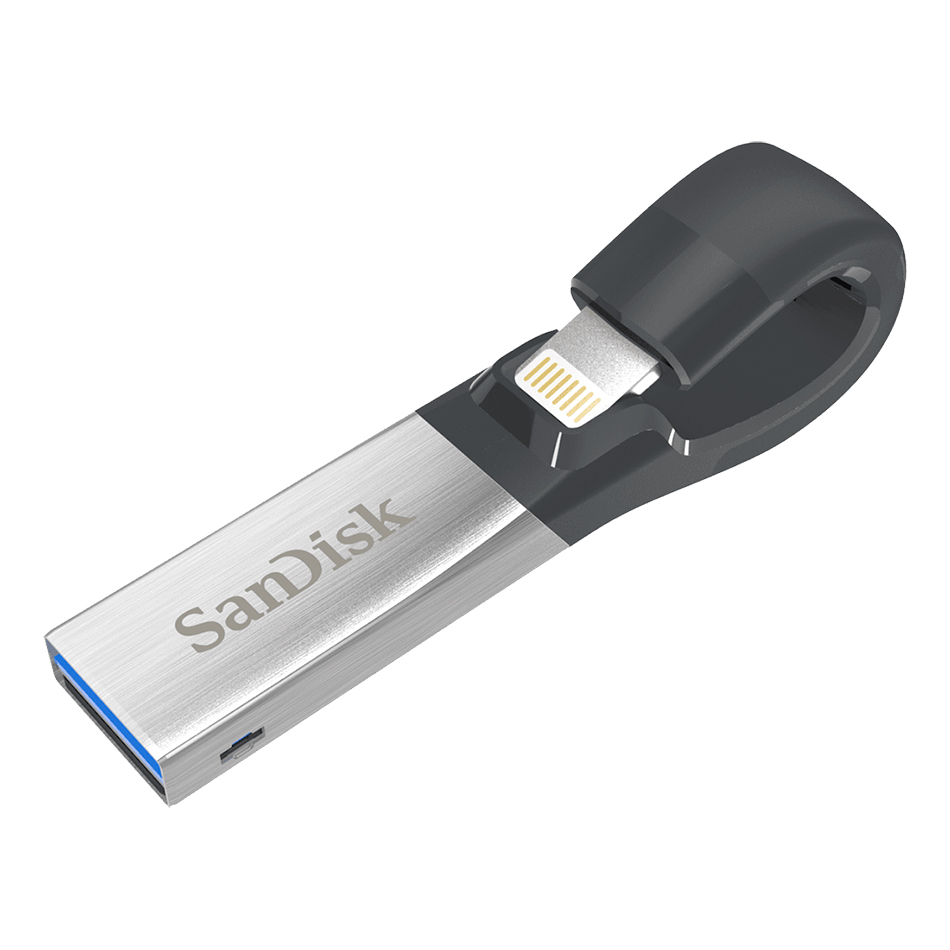

- Usb drive backup for mac and pc software#
- Usb drive backup for mac and pc professional#
- Usb drive backup for mac and pc free#
- Usb drive backup for mac and pc windows#
For durability and a professional styling, the Sandisk professional G-Drive SSD is excellent while the Western Digital WD elements SE SSD offers big capacities in a tiny gizmo. The Western Digital my passport SSD combines strong performance with good value and adds colour to a usually sober product category. Of course, you’ll only be able to access your files as quickly as your internet connection allows.
Usb drive backup for mac and pc free#
Many platforms offer free space to new users, but paying customers can access terabytes of online storage for less than the price of the cheapest hard drive. If you don’t need instant access to your files you might also consider cloud storage as an alternative. If you work with large files across more than one device, an external SSD can save you time. If you work with important data you can’t afford to lose, having an external backup gives you peace of mind. That depends on what type of computer user you are. Is it worth buying an external hard drive?
Usb drive backup for mac and pc software#
When software is installed to an SSD it can launch almost instantly. They’re more expensive than hard drives and offer less storage capacity, but they’re perfect for Operating System installations. Files and applications can be accessed more quickly, and because they’re not mechanical they’re perfectly silent.

Solid-state drives (or SSDs) have no moving parts. This makes hard drives ideal for storing very large amounts of data you don’t regularly need to access, such as backups and media libraries. They’re also slower, as the hard drive has to physically “find” the correct section of the disc before it can access data. As such, they can fail over time or become damaged. They have moving parts, and read and write your data to metallic, spinning platters. Hard drives are cheaper and have larger capacities than SSDs. YMMV.External hard drive FAQs Hard drive or SSD – which is better?
Usb drive backup for mac and pc windows#
Maybe because my Windows drive was a USB2 connection. Mount the sparsebundle diskimage by double-clicking it, and then tell Time Machine to use it.Ĭaveats: You must double-click the sparsebundle to re-mount the backup drive each time you disconnect/reconnect the drive or re-boot the Mac. However large the sparsebundle you specified, it will only be a couple of MB big at this point. You can get a commandline script off the interwebs which does this step for you.Ĭopy the new sparsebundle image to your external drive.

TimeMachine makes two demands of this sparsebundle: it must be named after your machine, and it must contain a specific. Or, as per comment, you can use exFat instead of NTFS.Ĭreate a sparsebundle disk image. There are a 3 main steps to using an NTFS or other non-HFS+ drive for Time Machine: This is how TM works with a networked drive it creates a sparsebundle on the network drive, and then mounts it. Time Machine can work on 'foreign' drives fine by using a sparsebundle disk image. Yes, you can use a single NTFS disk for both Windows and Mac backups. My external 1 TB drive, which I use for backing up my Mac and my wife's Windows PC, has two partitions called "Time Machine" and "BACKUP_WINDOWS": Replace BACKUP_WINDOWS with the NTFS partition name. To prevent the NTFS partition from being mounted every time you connect the drive into your Mac add this entry to /etc/fstab (as explained here): LABEL=BACKUP_WINDOWS none fusefs_txantfs noauto When you're done, plug the drive again into every Mac/Windows computer and select the corresponding partition as backup drive (see here for OS X and here for Windows).

Open Disk Utility (in Applications/Utilities).I'd recommend that you create the HFS+ partition on your Mac first, then, on your Windows computer, format the other partition to NTFS: You can use one NTFS partition to store backups of multiple Windows computers.) (Why only one NTFS partition although you back up 3 Windows computers? Because Windows stores backups in folders named after the computer name so there are no conflicts whatsoever (see this post). In this case, two partitions will suffice, one HFS+ and one NTFS. Using partitioning you can trick your computer into thinking it is connected to more than one drive, although there's only one. Luckily, you don't need two separate drives. In the Format menu for the partition that will be used for backups. Make sure "Mac OS Extended (Journaled)" is selected If you want to partition the disk, click the Partition tab and Manually preparing a new disk for Time Machine Your preferred setup is not possible: OS X can't share an NTFS disk with Windows for backup because Time Machine needs HFS+ (from ):


 0 kommentar(er)
0 kommentar(er)
